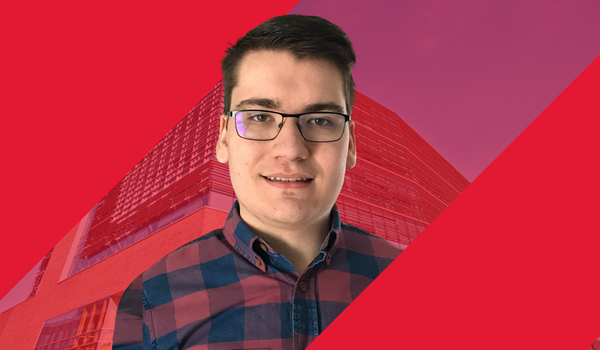This week marks the start of the spring 2022 semester for the University of Maryland’s Biocomputational Engineering (BCE) students at the Universities at Shady Grove campus! In addition to our inaugural BCE cohort, we’re thrilled to welcome new students who transferred into the program this semester.
Our students will get the chance to work with new high-tech equipment in our brand-new biocomputational lab space located in our home base: the six-level, 220,000 square-foot Biomedical Sciences and Engineering facility (BSE). The building houses various academic offices and student services, as well as 20 fully-equipped teaching laboratories, two 120+ seat lecture halls, 12 active learning classrooms, clinical training facilities — including a product design laboratory and maker space for student research — and an entrepreneurship lab.
Over the next several weeks, BCE students will dive into C++ and Python – a sought-after programming language used for high-performing computer applications. Our student programmers will one day use this language to have more control over system resources and computer memory in their future work.
For many, this week also marks a return to campus – but perhaps, without those “new student jitters.” Already, we have seen our students dive back into the program with renewed confidence, knowing they’re one step closer to embarking on an in-demand career in the booming biotech and biopharma industry.
This Friday is also our first opportunity to re-join our University of Maryland bioengineering counterparts for a hybrid seminar, “Racism, Not Race: Impacts on Health Inequities and Disparities.” During this seminar, students will hear from Dr. Jennifer Dr. Roberts, associate professor of kinesiology with the University of Maryland School of Public Health. Dr. Roberts’ scholarship focuses on the impact of built, social and natural environments — including the institutional and structural inequities of these environments — on physical activity and public health outcomes of marginalized communities.
Looking to learn more about life in the B.S. in Biocomputational Engineering degree program? Meet our faculty and staff, view our transfer guide, and find out how we can help you with your program application.


